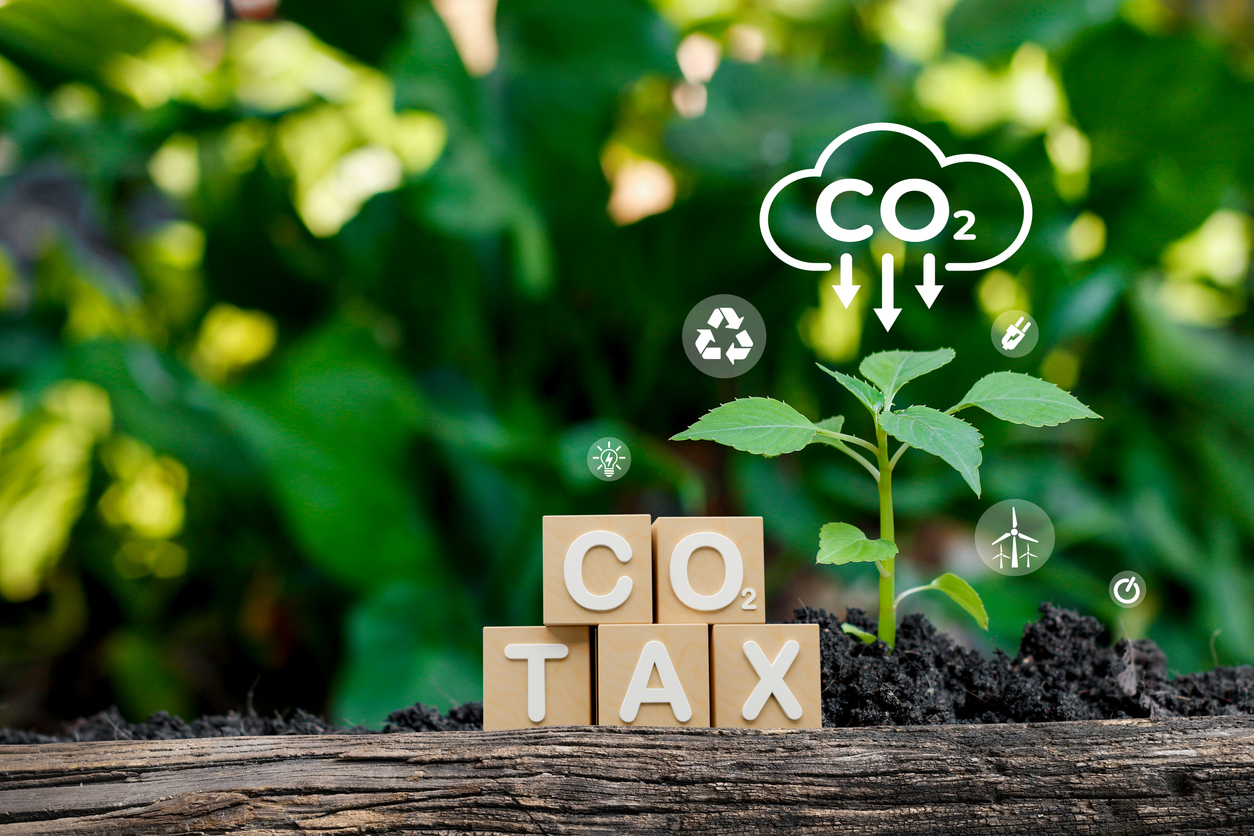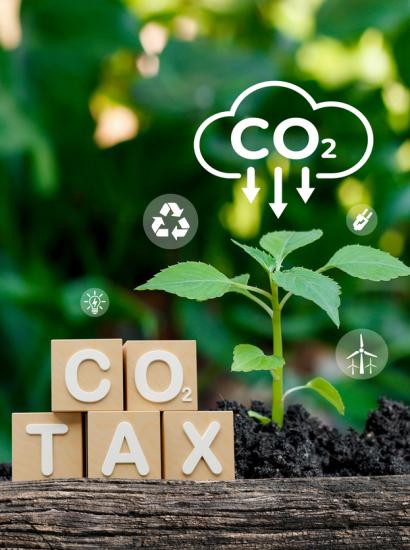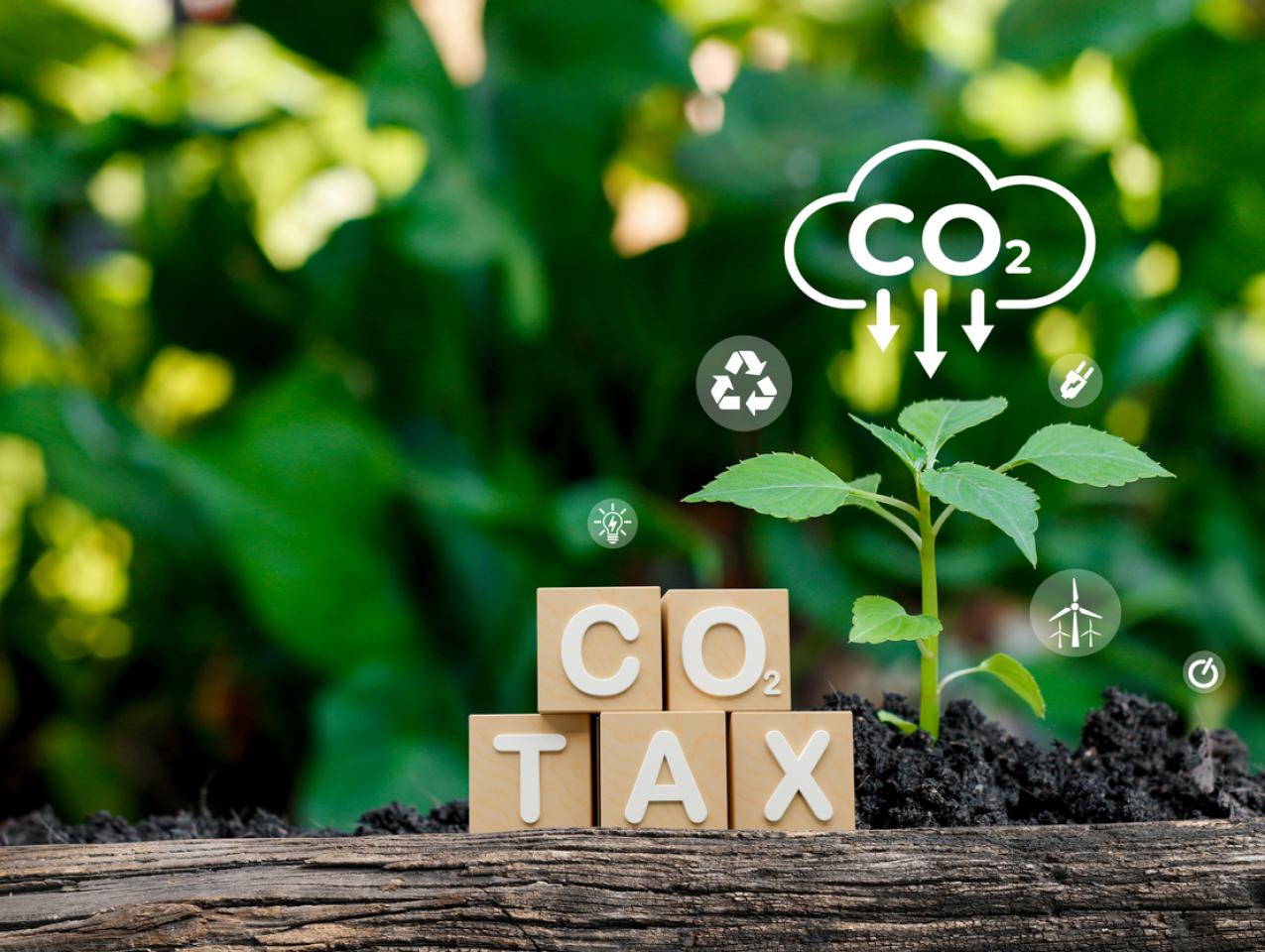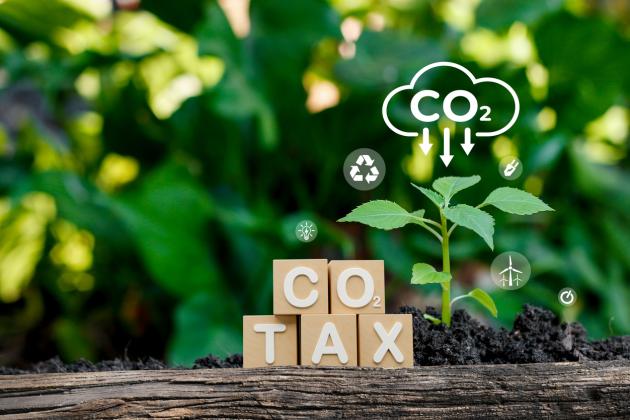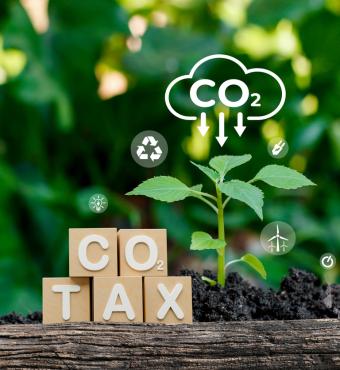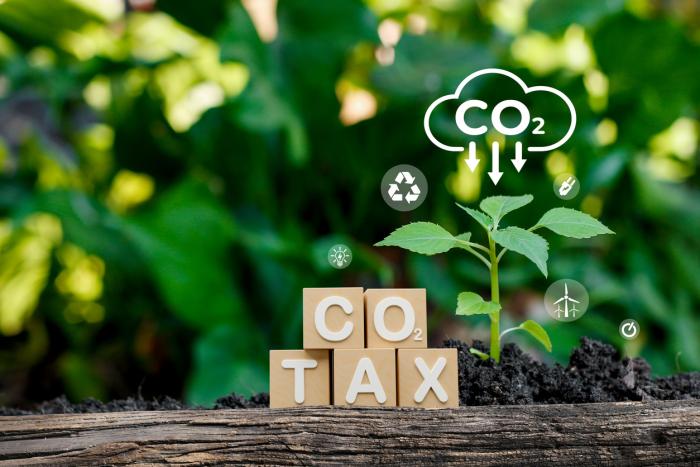Now that the ballots are cast, it’s time to return to substantive issues that have long divided the two parties. One issue that has taken a back seat in this election cycle is climate change, also called global warming, which the Biden-Harris administration has considered a crisis just as Donald Trump has dismissed it as “hoax.” Even with that stark difference, the issue took a back seat this election cycle not only to such pressing issues as immigration and border control, inflation, crime, and the federal deficit, but also to which party has the more positive connections to McDonald’s, and which made the greater mess (apparently President Biden, for seeking to doctor the transcript) in the tasteless use of the term “garbage” in reference to Puerto Rico and/or Trump supporters.
Yet the combination of sobriety and silliness does not explain why global warming has moved to the back of the agenda when the Democrats claim the rhetorical advantage of having a majority of scientists on their side. We have some estimate of the supposed benefits of such green proposals. But it is also relatively easy to guess at the costs: tens of billions of dollars. Attention must be paid to both the benefits and the burdens of climate proposals.
On the former, one key variable is the rate of return on these investments, measured in terms of the gains from temperature reduction. There remains a huge base of carbon dioxide from natural sources, so that what is needed is a calculation of the marginal gains from additional regulatory restrictions. Recent work by Benjamin Zycher of the American Enterprise Institute reaches this somber conclusion: “Net-zero US GHG [greenhouse gas] emissions effective immediately would yield a reduction in global temperatures of 0.173°C by 2100.” And again: “A global 50 percent reduction in GHG emissions implemented immediately and maintained strictly would reduce global temperatures in 2100 by 0.687°C.”
These numbers can of course be controverted, but in both directions. In addition, there are serious questions as to how to think about the role of GHGs, most notably carbon dioxide. That gas is essential to maintain life, so it is a challenge to determine when additional increases in carbon dioxide are welcome and when they turn toxic: why does Bill McKibben’s figure of 350 parts per million count as a magical turning point on what looks to be some complex continuous function? The increases in carbon dioxide are also associated with the greening of the earth over the past thirty or so years, which tends to reduce the daily variance in temperatures. For example, one study found “a persistent and widespread increase of growing season integrated LAI (greening) over 25 percent to 50 percent of the global vegetated area,” where “CO2 fertilization effects explain 70 percent of the observed greening trend.” Therefore, for one important function, the effects of increased concentrations of carbon dioxide are positive. Indeed, as Richard Lindzen, William Happer, and Steven Koonin of the Carbon Dioxide Coalition report, increases in carbon dioxide produce large increases in plant growth.
There is also the distinct possibility that water vapor, also a GHG, which appears in large quantities in the lower atmosphere, may have a powerful role to play in dealing with the small temperature changes of 1.5 or 2.0 degrees centigrade that many scientists claim could have dire consequences. In addition, the role of water vapor in regulating temperature may well operate independently of greenhouse gases in moderating temperature effects. And lastly, the common but dire predictions that greenhouse gases will sink islands in the Pacific, kill off the polar bears, and decimate the coral reefs are, with hindsight, clearly overstated.
There is, therefore, a credible case that harms caused by an increase in greenhouse gases are relatively minor, which support what I urged nearly fifteen years ago: a “wait and see” attitude that does not go all-in with the switch away from fossil fuels. The logic here is simple enough if the future path of temperature changes attributed to carbon dioxide levels is uncertain: don’t argue—as was done by the current head of the Office of Information and Regulatory Affairs (OIRA), Richard Revesz, who wrote in response to an earlier Defining Ideas column—that turning exclusively to renewables makes sense given that sharp discontinuous changes in climate cannot be undone by modest adjustments that are both too little and too late. Of course, such major shifts do occur, however not from incremental changes in carbon dioxide levels but from major events like volcanic activity in Antarctica, which occur at irregular intervals, with variable intensities, and which cannot be controlled by any limitation placed on the use of fossil fuels. Indeed, the high levels of irregularity with respect to major adverse effects do not match up well with the slow, steady increase in carbon dioxide levels. The expenditure of effort to control fossil fuels also has little, if any, relationship to the alternation between El Niño and La Niña, or with any cycles in sunspot levels, and there is much evidence that many of the claimed adverse effects of climate change are overstated whether related to emissions, wildfires, hurricanes, flooding, tornadoes, or crop loss.
So, if the benefits of major interventions are iffy, what about the costs? These are, of course, much more easily measured because they include at a minimum direct government expenditures used to promote, for example, electric vehicles. This spending represents the dangerous form of the all-or-nothing mentality that spurns modest transformations, such as promotion of hybrid cars, and that requires building from scratch an infrastructure of charging stations, whose “painfully slow rollout” has fallen afoul of union mandates attached to government grants and of pervasive breakdowns in the field.
Thus it was discouraging to see that California governor Gavin Newsom recently issued an executive order whose stated purpose is “to help curb rising electricity costs and provide electric bill relief.” With an abundance of available energy, it might be asked why we need this emergency intervention. The answer is not hard to find: “The governor’s action encourages electric bill relief while maintaining the state’s commitment to achieving carbon neutrality and 100 percent clean electricity by 2045.” Newsom’s new order takes its objectives as an unshakable given, sidestepping the institutional and substantive objections to this program. Nor does it deal candidly with the elephant in the room. As the Wall Street Journal notes, California has seen a 57 percent electricity-rate increase over the last five years, double the national average. And Newsom’s prime objective is to increase the level of federal aid so that citizens from other states can subsidize California’s folly.
The seeds of the meltdown are easy to see naive optimism. California’s long-term program originated not by legislation but by 2018 Executive Order B-55-18, signed by then-governor Edmund G. “Jerry” Brown, which relied on a supposed scientific consensus of the necessity for reduction in fossil uses, including the final 2045 target. That order did not identify any concrete or technical steps that could move sharply in the desired direction; nor did it estimate the achievable temperature reductions in global temperatures from these local efforts. Indeed, it did not offer any suggestions on how to protect the climate from forest fires largely stemming from poor land management by the state and by Pacific Gas & Electric. And there was no awareness of how desirable changes should be made at the margin, not by zeroing out fossil fuels.
A less ambitious project could sharply reduce the net negatives of this program. But there are no forces of moderation at work here, given that one governor with a four-year term can lock in a grandiose program long after he leaves—yet another danger of a one-party state.
Today’s early warning signs suggest that this form of climate adventurism is not sustainable, because today’s electric vehicles depend on stations that are powered by fossil fuels that cannot otherwise be sustained on a constant basis by inconsistent sources of wind and solar energy. The current price increases are an inevitable consequence of these structural shortages, for if the general electrical grid fails, so too will the charging stations. Yet six years later, no progress has been made. Hence Newsom’s remedy, a pricey drop in the bucket: a one-month rebate that shifts the costs of remaining on the grid onto the tax burdens of the very ratepayers with high charges. Sadly, shifts in payments may at the margin introduce some increase in the use of (subsidized) energy, but they will also conceal, at least in the short run, the looming breakdown in the system.
The rest of Newsom’s executive order continues the empty exhortations that permeated Brown’s 2018 order, so there is good reason to think that the 2024 initiative is the first in a series, none of which will bring stability to the grid, either physically or financially. The entire episode will be repeated elsewhere if other states follow suit, and nationally if the federal perception of an environmental crisis leads to a regulatory one, made in Washington.







